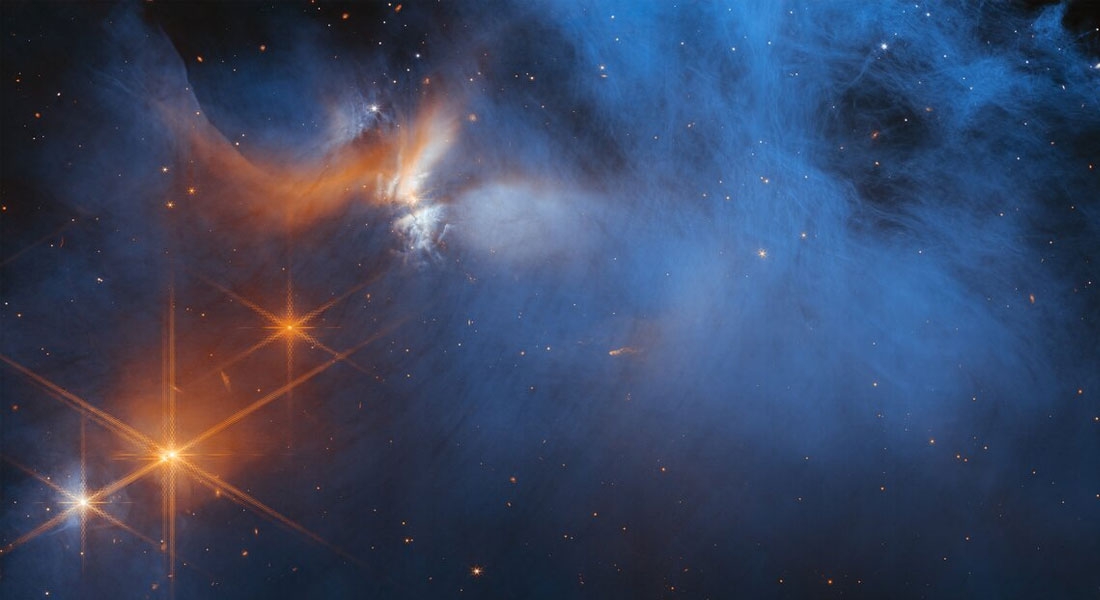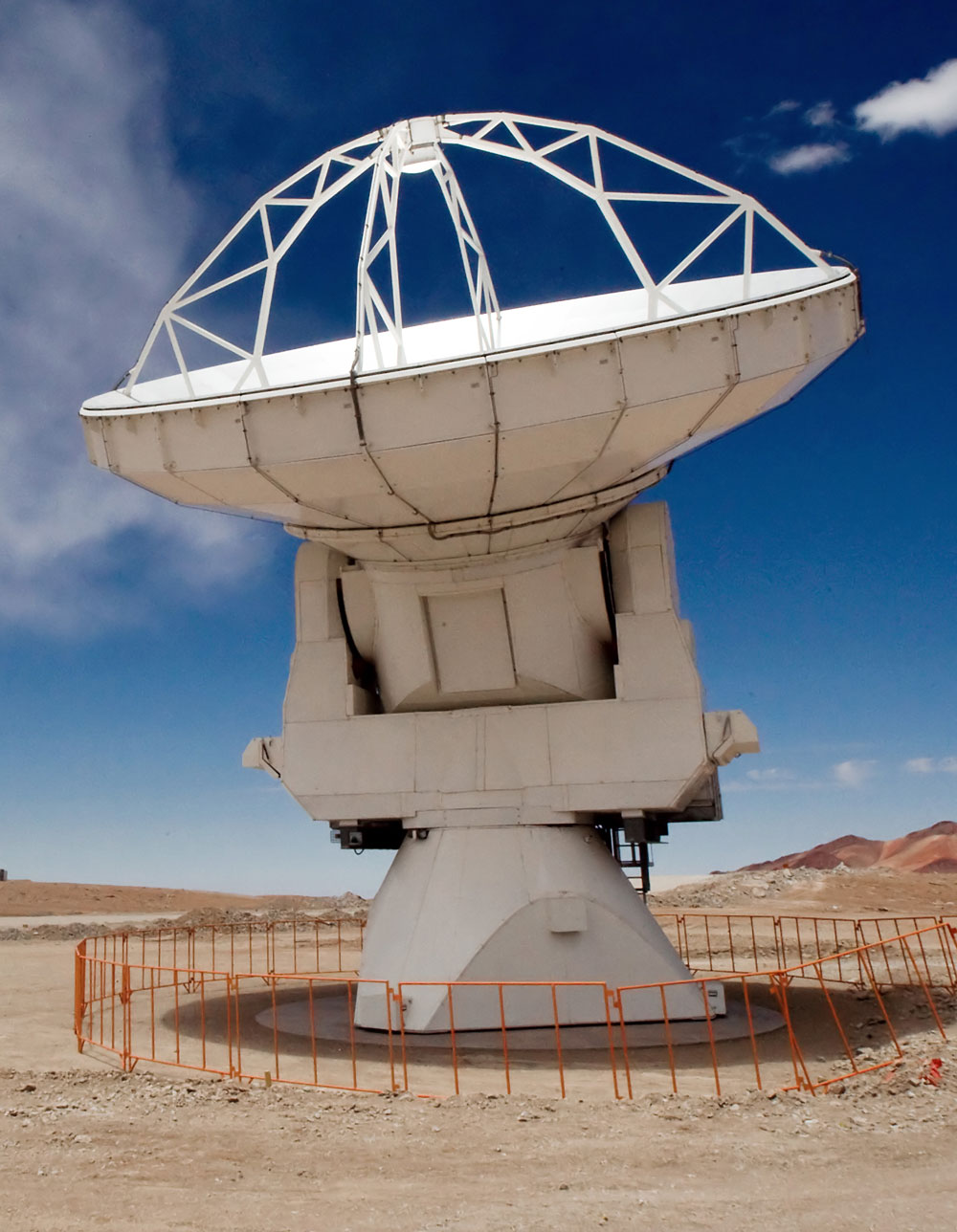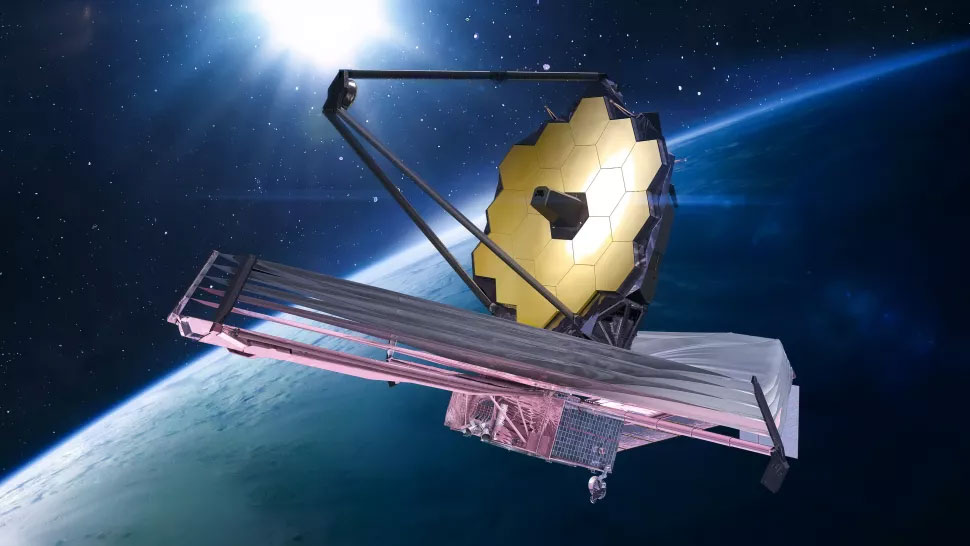We reach more than 65,000 registered users in Dec!! Register Now

Does ice in the Universe contain the molecules making up the building blocks of life in planetary systems?
- February 22, 2023
- 25 Views
- 0 Likes
- 0 Comment
If you want to build a habitable planet, ice is a key ingredient. The ice can be found in enormous clouds in the Universe and it is the main carrier of the necessary elements such as carbon , hydrogen, oxygen, nitrogen and sulphur. These elements are part of the atmosphere around planets and part of molecules like sugar, alcohols and simple amino acids as well.
The new James Webb Space Telescope (JWST) has contributed to the discovery of different ices in a molecular cloud, “Chameleon 1” – one of the coldest and darkest regions to have ever been explored.
Astronomers assume that these types of molecules were also present in the cold cloud of gas and dust forming our own solar system. The result is now published in Nature Astronomy.
Observations from several telescopes in collaboration proved to be successful
The James Webb Space Telescope – the most precise telescope ever built – was decisive in discovering the frozen forms of a long series of molecules, such as carbon dioxide, ammonia, methane, methanol and even more complex molecules, frozen out as ices on the surface of small dust grains.The dust grains grow in size when being a part of the discs of gas and dust forming around young stars. This means that the researchers could study many of the molecules going into the forming of new exoplanets.

“With the application of observations, e.g. from ALMA, it is possible for us to directly observe the dust grains themselves, and it is also possible to see the same molecules as in the gas observed in the ice” Lars Kristensen, associate Professor at the Niels Bohr Institute (NBI), explains.
“Using the combined data set gives us a unique insight into the complex interactions between gas, ice and dust in areas where stars and planets form” according to Jes Jørgensen, Professor at NBI.
“This way we can map the location of the molecules in the area both before and after they have been frozen out onto the dust grains and we can follow their path from the cold molecular cloud to the emerging planetary systems around young stars”.
The content of ice in the molecular cloud was a decisive discovery
The ices were detected and measured by studying how starlight from beyond the molecular cloud was absorbed by icy molecules at specific infrared wavelengths visible to Webb.This process leaves behind chemical fingerprints known as absorption spectra which can be compared with laboratory data to identify which ices are present in the molecular cloud.
In this study, the team targeted ices buried in a particularly cold, dense and difficult to investigate region of the Chamaeleon I molecular cloud, a region approximately 600 light-years from Earth which is currently in the process of forming dozens of young stars.

“This study confirms that interstellar grains of dust are catalysts for the forming of complex molecules in the very diffuse gas in these clouds, something we see in the lab as well”, Sergio Ioppolo explains, associate professor at Aarhus University, contributing with some of the experiments in the lab that were compared with the observations.
The sensitivity of JWST was an absolutely necessary precondition for the discovery
“We simply couldn't have observed these ices without Webb,” elaborated Klaus Pontoppidan, JWST project scientist at the Space Telescope Science Institute, Baltimore, USA, who was involved in this research.“The ices show up as dips against a continuum of background starlight. In regions that are this cold and dense, much of the light from the background star is blocked and Webb’s exquisite sensitivity was necessary to detect the starlight and therefore identify the ices in the molecular cloud.”
The IceAge team has already planned more observations with both Webb and other telescopes.
"These observations together with further laboratory studies will tell us which mixture of ices — and therefore which elements — can eventually be delivered to the surfaces of terrestrial exoplanets or incorporated into the atmospheres of giant gas or ice planets.
"Melissa McClure, astronomer at the Leiden Observatory and leader of the observation program, concludes.
List of Referenes
- M. K. McClure, W. R. M. Rocha, K. M. Pontoppidan, N. Crouzet, L. E. U. Chu, E. Dartois, T. Lamberts, J. A. Noble, Y. J. Pendleton, G. Perotti, D. Qasim, M. G. Rachid, Z. L. Smith, Fengwu Sun, Tracy L. Beck, A. C. A. Boogert, W. A. Brown, P. Caselli, S. B. Charnley, Herma M. Cuppen, H. Dickinson, M. N. Drozdovskaya, E. Egami, J. Erkal, H. Fraser, R. T. Garrod, D. Harsono, S. Ioppolo, I. Jiménez-Serra, M. Jin, J. K. Jørgensen, L. E. Kristensen, D. C. Lis, M. R. S. McCoustra, Brett A. McGuire, G. J. Melnick, Karin I. Öberg, M. E. Palumbo, T. Shimonishi, J. A. Sturm, E. F. van Dishoeck, H. Linnartz. An Ice Age JWST inventory of dense molecular cloud ices. Nature Astronomy, 2023; DOI: 10.1038/s41550-022-01875-w
Cite This Article as
No tags found for this post









